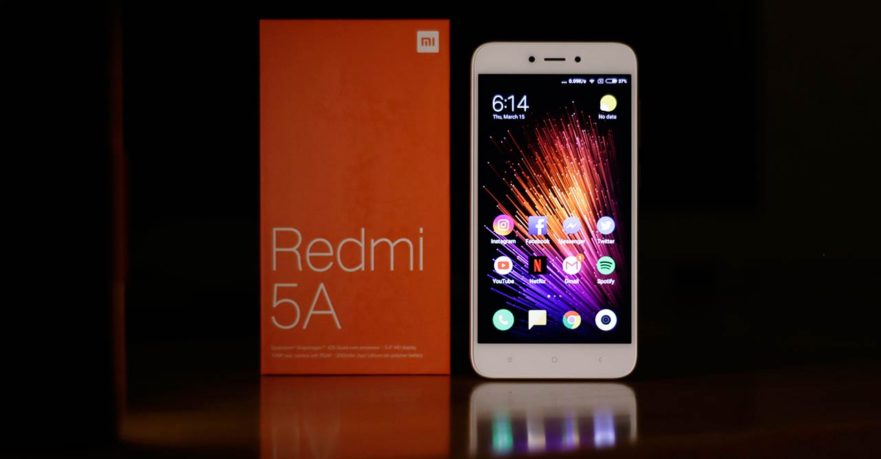Which smartphones became bestsellers in the first quarter of 2018? Which brands did well from January to March this year? Is the list a diversified one?
According to market-research firm Strategy Analytics’ latest report, five of the six chart-toppers belong to the premium category. Only one device is low-end — and coincidentally, it was the best-selling Android phone in that period. We’re talking about the Xiaomi Redmi 5A.
It’s the same smartphone that Xiaomi launched in the Philippines on March 13, 2018, and is currently the company’s cheapest one yet. The Redmi 5A is priced at P4,390 (roughly $85) in the country.
SEE ALSO: And the new top 10 smartphone companies are…
Worldwide, it’s estimated that 5.4 million units of the handset got shipped in the first quarter. Strategy Analytics said, “Xiaomi has become wildly popular across India and China. Xiaomi is selling a huge volume of smartphones through online channels, with key retail partners including Flipkart and JD.”
Still at the top despite being the most expensive Apple mobile was the iPhone X, followed by three more models from the Cupertino-based company: the iPhone 8, the iPhone 8 Plus, and the iPhone 7.
READ ALSO: What many thought about the iPhone X was wrong
At sixth place was the Plus variant of the Samsung Galaxy S9. Take note that the Korean tech giant’s latest flagships only started shipping toward the end of the first quarter, so to be included on the list is a feat in itself. Strategy Analytics expects the Galaxy S9+ “to become the best-selling Android smartphone globally in the second quarter of 2018.”
You can see the ranking, complete with the number of units shipped and each model’s market share, below:
- Apple iPhone X: 16 million units, 4.6 percent market share
- Apple iPhone 8: 12.5 million units, 3.6 percent market share
- Apple iPhone 8 Plus: 8.3 million units, 2.4 percent market share
- Apple iPhone 7: 5.6 million units, 1.6 percent market share
- Xiaomi Redmi 5A: 5.4 million units, 1.6 percent market share
- Samsung Galaxy S9+: 5.3 million units, 1.5 percent market share
Share this Post



